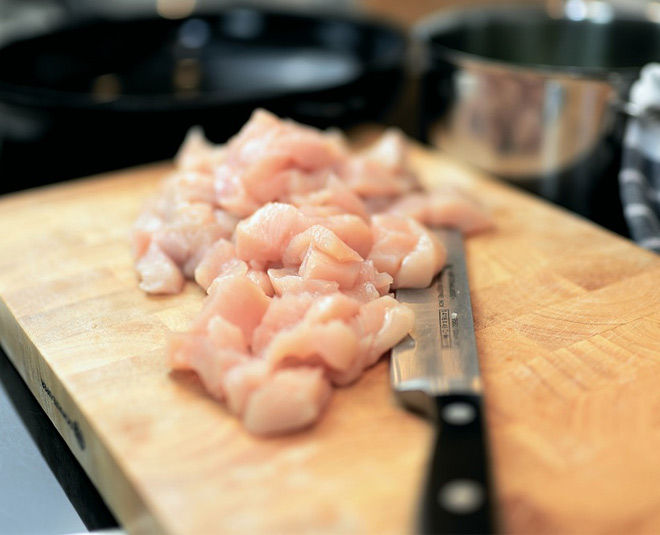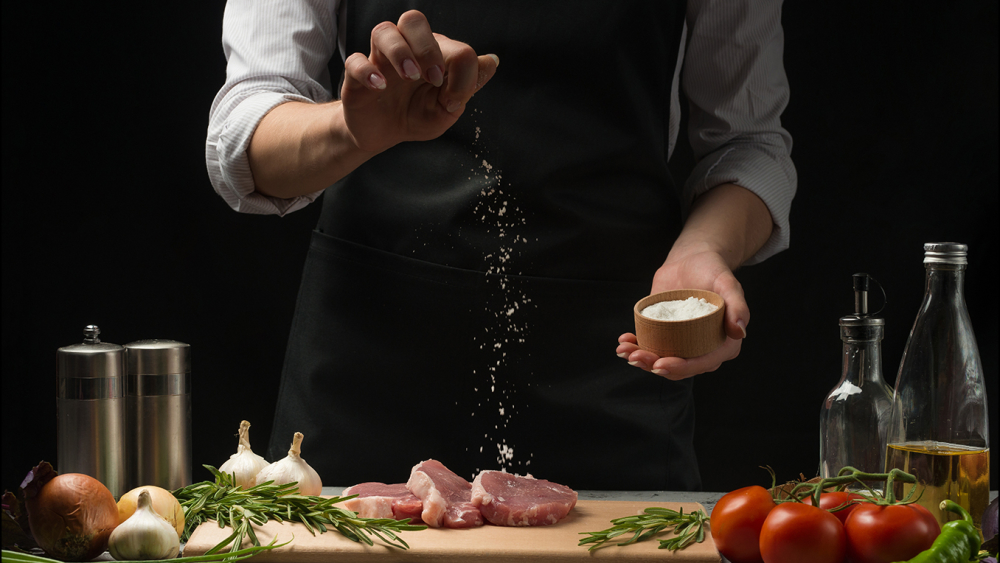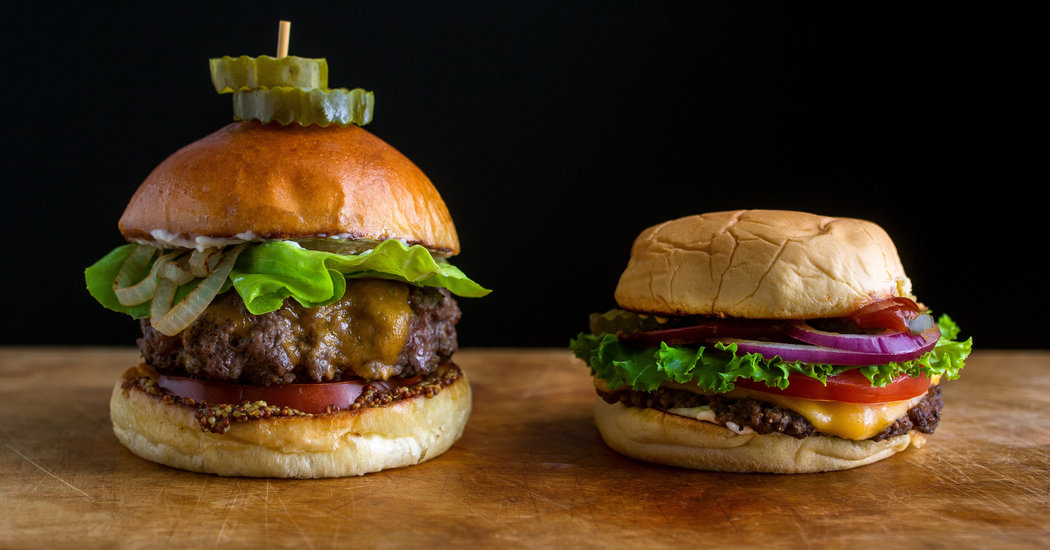
There are many different levels of difficulty when it comes cooking skills for children. Children younger than five years old can use the basic techniques, while those older may require more assistance. The recommended age range for children is between 3 and 5 years. Listed below are some of the recommended kitchen tasks for kids. These activities can also be used to help with more difficult cooking or grocery shopping. Whatever your age, there are some basic cooking skills that kids can start with right away.
Basic cooking skills
Basic cooking skills can make or break a meal. There are many age-appropriate cooking skills that children can learn, but some need more supervision. These are the main guidelines to keep in mind:
Age range
At this age, children are able to wash their hands, follow simple recipes and do the work themselves. They will eventually be able to put together food by understanding the basics of mixing and cutting ingredients. This is a great time for basic kitchen tools like the oven to be introduced. As they continue to grow and learn, they can even start to make changes to recipes and to use more complicated kitchen appliances.
Techniques
There are many advantages to cooking together with your children. It's a great way to build vocabulary while bonding with your child. It's also a fun and rewarding way to share the responsibility of cooking with your child. It takes patience and time to cook with a toddler. Choose simple recipes that are in line with their skill level. Recipes that require little cooking time are best. Look for dishes that have interesting textures and colours. Using these techniques will make the cooking experience enjoyable for everyone!

Involving children in the kitchen
A great way to make dinnertime enjoyable for all is to get your kids involved in the kitchen. It can also help them learn valuable life skills. Although newborns don't have the skills to cook, they can learn basic cooking techniques in the kitchen. By allowing them to interact with food in the kitchen, you'll normalize the activity for them. As they age, they will become more interested in cooking. After all, they're bound to be curious about the kitchen as they become more comfortable with it.
Food presentation
Food presentation is important, whether you are cooking for yourself or your family. Children judge the appearance of food on many different levels, and food presentation can have a big impact on their eating habits. Here are some tips for making your food look the best. You can add fun garnishes like carrot curls and roses to your food. It is important to keep children safe when handling knives. You can help them by asking an adult if they have questions about the knife.
Measurements
Teaching measurements to your kids is an excellent way to improve math skills. You can teach your child the skill and improve their sense of time. Children will learn how to compare quantities, and to estimate the use of cups and other utensils. These skills will be useful when they go on to more complicated math classes in school, such as pre-algebra and geometry. It doesn't end there. It's not just about improving fine motor skills.
Developing self-confidence
Cooking skills are a great way to build self-confidence and teach children healthy habits. Learning how to cook from scratch is a better way to teach children healthy habits that will last into adulthood. Furthermore, it will give your child something to be proud about, which will improve their self-confidence. Cooking is a great way to build family bonds and instill a sense o responsibility in your child.

FAQ
How can I cook like a professional?
Cooking is one way to be a better cook. Learning to cook healthy food for yourself and others is a great way to increase self-confidence and develop new skills. Learn how to cook healthy food at home. First, find out which recipes appeal to you. You can then read books about other cuisines like Mexican, Chinese and Italian. Finally, learn how to make different dishes until you are comfortable with them.
Are there any requirements to become a chef?
No. No. Many chefs began their careers learning by themselves. Some even went to culinary school just to gain experience. Many chefs prefer to attend culinary school for the increased opportunities to learn and grow as professionals. Culinary schools offer students hands-on training, which helps them build valuable skills and improve their cooking knowledge.
What equipment do I need to cook?
You don't require any special equipment to learn how to cook. The best tools will make cooking more enjoyable. You could, for example, use a spoon to make pasta or a whisk to whip the egg whites into stiff peaks. Having the right tools makes cooking less intimidating and allows you to start faster.
Statistics
- The median pay for a chef or head cook is $53,380 per year or $25.66/hour, according to the U.S. Bureau of Labor Statistics (BLS). (learnhowtobecome.org)
- You'll be amazed that over 90% of CIA students receive scholarships and grants to finish their culinary studies. (ischoolconnect.com)
- On average, chefs earn $58,740 a year, according to the BLS. - learnhowtobecome.org
External Links
How To
How to make the perfect omelet
Omelets are a favorite breakfast food of mine. But how do you make them perfectly? I've tried many recipes and different methods but none have worked. So I am sharing some tips and tricks today to help you make fluffy, delicious omelets every morning.
We should first know that eggs are very temperamental ingredients when making omelets. Eggs must be purchased fresh, preferably organic, and kept chilled until ready for cooking. They must be kept cool, otherwise the whites will not form properly and the yolks may become runny. This makes your omelets look weirdly colored. If you want to make omelets right away, it's best not to use eggs that are too cold.
Another tip is to separate the egg before adding it to the pan. It is important not to allow any white to mix with the yolk as this could lead to the omelet becoming curdled.
If you add the egg directly onto the stovetop, you might end up burning the bottom part of the egg, which would ruin the texture of your omelet. Instead, heat the egg in a microwave for 10 seconds and then place it in a pan. The microwave heat will cook the egg just right without making it too hot.
Next, let's talk about mixing the eggs. When mixing eggs, it is important to thoroughly beat them. To do this, grab the bowl of the mixer and turn it upside down. Next, shake the bowl vigorously. This way, the air inside the bowl gets whipped around and mixes the egg thoroughly.
The fun part is now - adding the milk to the mixture. Pour half the milk into the beaten egg mixture and then fold in the eggs. If you still see streaks of eggs, don't worry. These streaks will disappear once the omelet has been turned over.
After you have folded the eggs, heat the oil in a pan over medium heat. Once the oil has started to sizzle, turn the heat down to low. Once the oil starts getting hot, add 1/4 cup of butter to the pan and swirl it around to coat the entire surface of the pan. Carefully open the pan's lid and add salt to the pan. A pinch of salt will prevent your omelet from sticking in the pan.
Cover the pan once you have formed the omelet. Wait for the top to set. Flip the omelet with a spatula, or flip it upside down. Cook the other half for another minute. Take the omelet out of the pan and immediately serve.
This recipe works best when you use whole milk.